Making graphene work for real-world devices
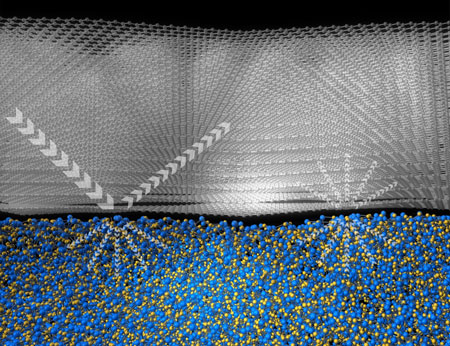 Fundamental research in phonon scattering helps researchers design graphene materials for applications.
Fundamental research in phonon scattering helps researchers design graphene materials for applications.
Apr 24th, 2014
Read more
 Fundamental research in phonon scattering helps researchers design graphene materials for applications.
Fundamental research in phonon scattering helps researchers design graphene materials for applications.
Apr 24th, 2014
Read more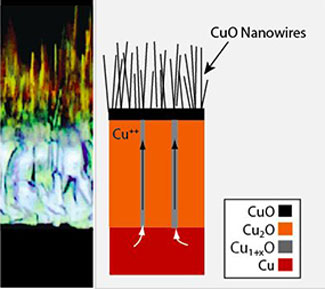 By looking at a piece of material in cross section, researchersdiscovered how copper sprouts grass-like nanowires that could one day be made into solar cells.
By looking at a piece of material in cross section, researchersdiscovered how copper sprouts grass-like nanowires that could one day be made into solar cells.
Apr 23rd, 2014
Read more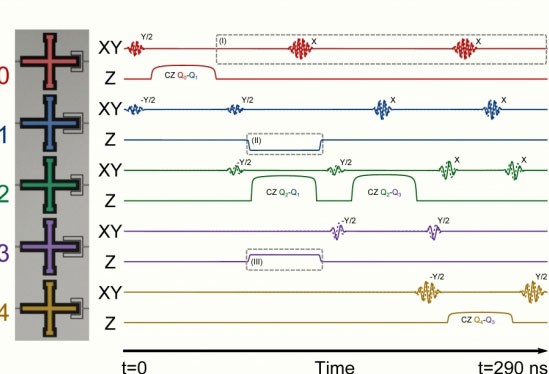 A fully functional quantum computer is one of the holy grails of physics. A group of physicists has moved one step closer to making a quantum computer a reality.
A fully functional quantum computer is one of the holy grails of physics. A group of physicists has moved one step closer to making a quantum computer a reality.
Apr 23rd, 2014
Read more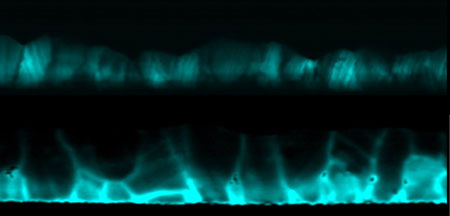 Treating cadmium-telluride solar cell materials with cadmium-chloride improves their efficiency, but researchers have not fully understood why. Now, an atomic-scale examination of the thin-film solar cells has answered this decades-long debate about the materials' photovoltaic efficiency increase after treatment.
Treating cadmium-telluride solar cell materials with cadmium-chloride improves their efficiency, but researchers have not fully understood why. Now, an atomic-scale examination of the thin-film solar cells has answered this decades-long debate about the materials' photovoltaic efficiency increase after treatment.
Apr 23rd, 2014
Read more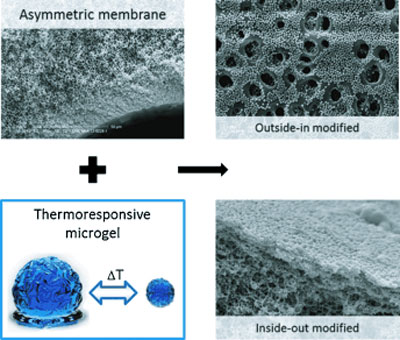 Scientists have developed a very simple method for the modification of membranes through the inclusion of microgels.They report hollow-fiber membranes that demonstrate temperature-dependent flow and retention, thanks to thermoresponsive microgels.
Scientists have developed a very simple method for the modification of membranes through the inclusion of microgels.They report hollow-fiber membranes that demonstrate temperature-dependent flow and retention, thanks to thermoresponsive microgels.
Apr 23rd, 2014
Read more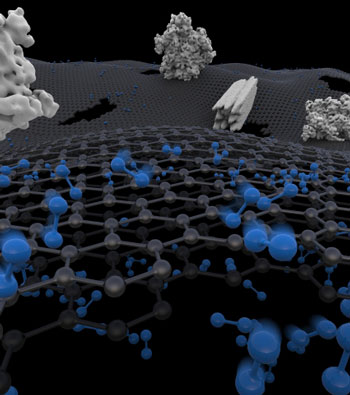 A new nanomembrane made out of graphene is extremely light and breathable. Not only can this open the door to a new generation of functional waterproof clothing, but also to ultra-rapid filtration. The membrane is as thin as is technologically feasible.
A new nanomembrane made out of graphene is extremely light and breathable. Not only can this open the door to a new generation of functional waterproof clothing, but also to ultra-rapid filtration. The membrane is as thin as is technologically feasible.
Apr 23rd, 2014
Read more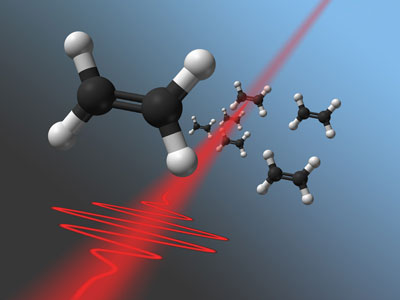 With ultra-short laser pulses, chemical reactions can be controlled; electrons have little mass and are therefore influenced by the laser, whereas the atomic nuclei are much heavier and are hardly affected.
With ultra-short laser pulses, chemical reactions can be controlled; electrons have little mass and are therefore influenced by the laser, whereas the atomic nuclei are much heavier and are hardly affected.
Apr 23rd, 2014
Read more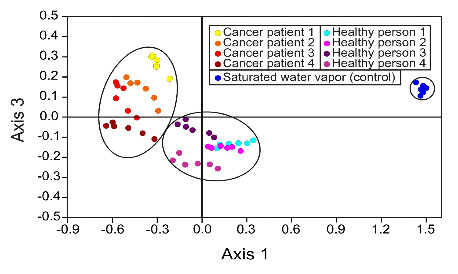 An array of functionalized membrane-type surface stress sensors distinguishes cancer patients from healthy people through a signature response to breath samples.
An array of functionalized membrane-type surface stress sensors distinguishes cancer patients from healthy people through a signature response to breath samples.
Apr 23rd, 2014
Read more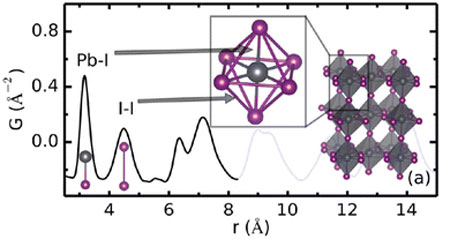 In the past few years, perovskite solar cells have made large leaps forward in efficiency, recently achieving energy conversion with up to 16 percent efficiency. These simple and promising devices are easy enough to make and are made up of earth abundant materials, but little work has been done to explore their atomic makeup.
In the past few years, perovskite solar cells have made large leaps forward in efficiency, recently achieving energy conversion with up to 16 percent efficiency. These simple and promising devices are easy enough to make and are made up of earth abundant materials, but little work has been done to explore their atomic makeup.
Apr 23rd, 2014
Read more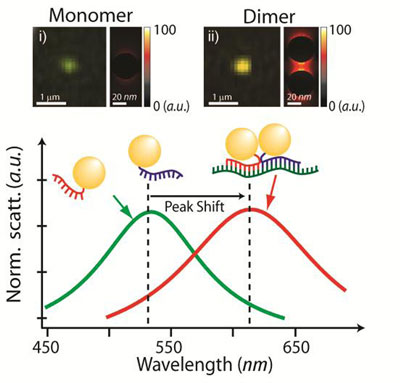 Purdue University researchers have developed a way to detect and measure cancer levels in a living cell by using gold nanoparticles with tails of synthetic DNA.
Purdue University researchers have developed a way to detect and measure cancer levels in a living cell by using gold nanoparticles with tails of synthetic DNA.
Apr 23rd, 2014
Read more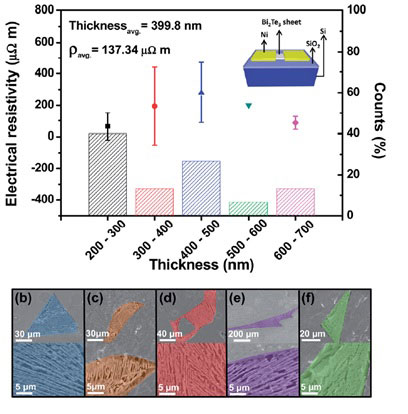 Two groups of researchers have recently advanced the field of solar cells with a cheaper and efficient replacement for platinum and better synthesis of zinc oxide.
Two groups of researchers have recently advanced the field of solar cells with a cheaper and efficient replacement for platinum and better synthesis of zinc oxide.
Apr 23rd, 2014
Read morePETA International Science Consortium will present a non-animal tiered-testing strategy for nanomaterial hazard assessment at the 7th International Nanotoxicology Congress being held in Antalya, Turkey on Apr. 23-26, 2014. The proposed strategy will generate meaningful information on nanomaterial properties and their interaction with biological systems.
Apr 22nd, 2014
Read more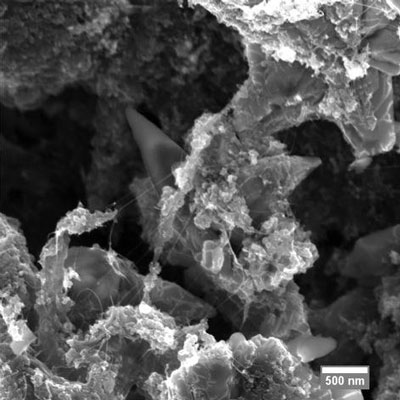 Future devices based on technology could bridge gap between batteries and conventional capacitors in portable electronics and hybrid electric vehicles.
Future devices based on technology could bridge gap between batteries and conventional capacitors in portable electronics and hybrid electric vehicles.
Apr 22nd, 2014
Read moreQuantum simulators recreate the behaviour on a microscopic scale of biological and quantum systems and even of particles moving at the speed of light. The exact knowledge of these systems will lead to applications ranging from more efficient photovoltaic cells to more specific drugs. Researchers are working on the design of several of these quantum simulators so they can study the dynamics of complex physical systems.
Apr 22nd, 2014
Read more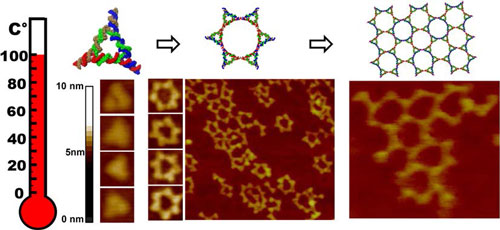 A team of nanotechnology researchers at the University of Kentucky has discovered new methods to build heat resistant nanostructures and arrays using RNA.
A team of nanotechnology researchers at the University of Kentucky has discovered new methods to build heat resistant nanostructures and arrays using RNA.
Apr 22nd, 2014
Read more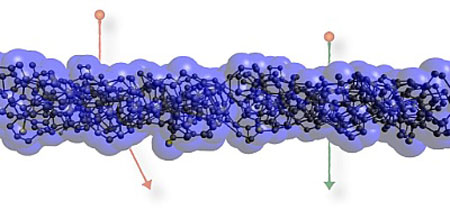 Ions are an essential tool in chip manufacturing, but these electrically charged atoms can also be used to produce nano-sieves with homogeneously distributed pores. A particularly large number of electrons, however, must be removed from the atoms for this purpose. Such highly charged ions either lose a surprisingly large amount of energy or almost no energy at all as they pass through a membrane that measures merely one nanometer in thickness. This discovery is an important step towards developing novel types of electronic components made of graphene.
Ions are an essential tool in chip manufacturing, but these electrically charged atoms can also be used to produce nano-sieves with homogeneously distributed pores. A particularly large number of electrons, however, must be removed from the atoms for this purpose. Such highly charged ions either lose a surprisingly large amount of energy or almost no energy at all as they pass through a membrane that measures merely one nanometer in thickness. This discovery is an important step towards developing novel types of electronic components made of graphene.
Apr 22nd, 2014
Read more